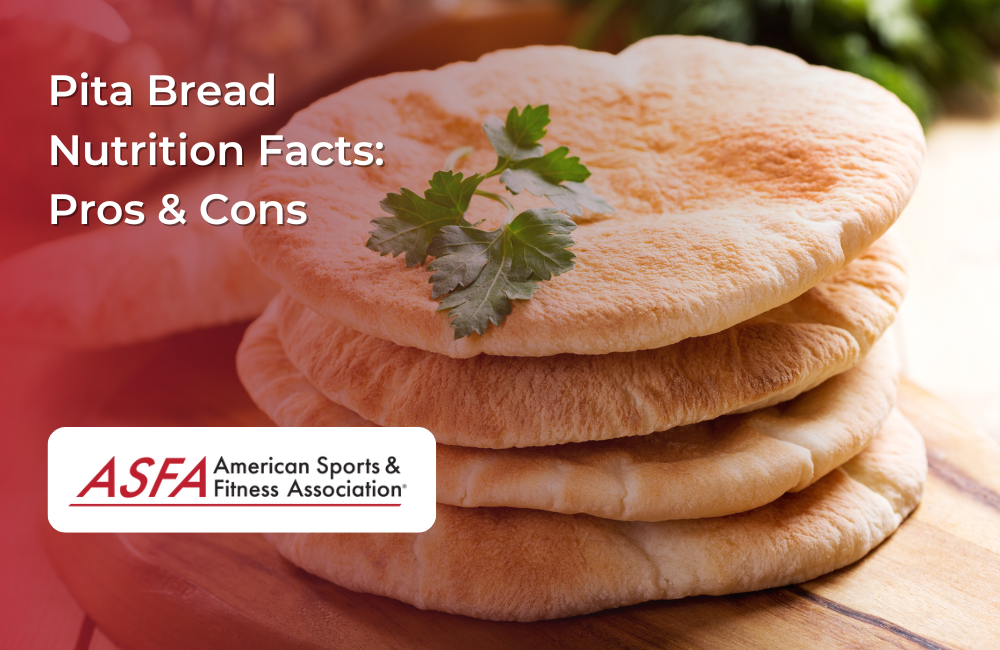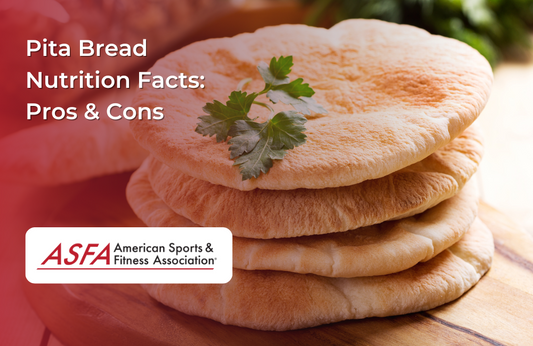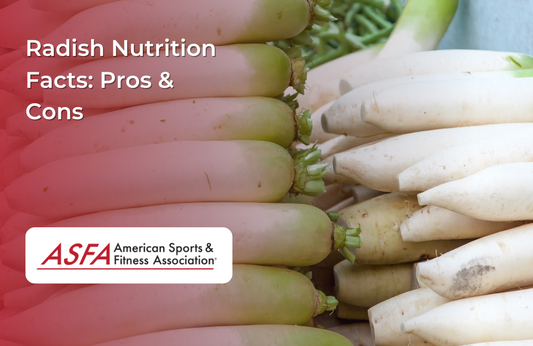Pita bread is a popular flatbread commonly used in Mediterranean and Middle Eastern cuisine. It is known for its soft texture and pocket-like structure, making it great for sandwiches, dips, and wraps. While pita bread provides essential nutrients, its carbohydrate content and ingredients can vary, affecting its overall health benefits.
Pita Bread Nutrition Facts Pros Cons: An Analysis of its Nutritional Profile
One medium (about 60 grams) whole grain pita bread provides:
-
Calories: Around 170
-
Carbohydrates: 35 grams
-
Fiber: 4 grams
-
Protein: 6 grams
-
Fat: 1.5 grams
-
Sugar: 1 gram
-
Sodium: Around 300 mg
-
Vitamins and Minerals:
-
Iron: Supports red blood cell production
-
Magnesium: Helps with muscle and nerve function
-
B Vitamins: Essential for energy metabolism
Incorporating whole grain pita bread into a healthy diet can provide essential nutrients while maintaining a balanced intake of calories and fats.
Pros of Eating Pita Bread
Good Source of Complex Carbohydrates
-
Provides slow-digesting carbs for steady energy release.
-
Whole wheat pita contains fiber, which helps regulate blood sugar levels and provides the benefits of whole grains.
High in Fiber (Whole Wheat Varieties)
-
Fiber supports digestion and gut health by promoting regular bowel movements, contributing to the overall health benefits of consuming whole-grain options. This makes pita bread healthy, especially when made from whole grains, as it supports overall digestive health.
-
Helps with satiety and weight management by keeping you full longer.
Provides Protein for Muscle Health
-
Contains 6 grams of protein per serving, making it a good plant-based protein source. As a protein source, pita bread can fulfill up to 8% of the recommended daily protein intake, supporting muscle repair and maintaining healthy skin, hair, and nails.
-
Helps with muscle repair and maintenance.
Versatile and Easy to Use
-
Can be used for sandwiches, wraps, dips, or pizza bases.
-
Pairs well with hummus, grilled meats, and vegetables.
-
Homemade pita chips are a versatile option for dips and other dishes, enhancing the dining experience by serving as an excellent tool for scooping up flavorful combinations like shakshuka.
Lower in Fat Than Many Other Breads
Generally low in total fat, making it a good option for balanced diets. Adding a drizzle of high-quality extra virgin olive oil can enhance the flavor and nutritional profile of pita bread, providing heart-healthy fats and antioxidants. Compared to whole wheat bread, pita bread generally has a lower fat content, making it a preferable option for those looking to reduce their fat intake.
Cons of Eating Pita Bread
High in Carbohydrates
-
Contains 35 grams of carbs per serving, which may not be ideal for low-carb or keto diets.
-
Refined pita bread lacks fiber and can cause blood sugar spikes. Opting for wheat pita bread made with whole-grain wheat flour can provide more fiber, reduce carbohydrate content, and offer additional health benefits like increased antioxidants.
Can Be High in Sodium
-
Some store-bought pita bread contains added salt, which can increase daily sodium intake.
-
Checking labels for low-sodium options is recommended.
Not Always Whole Grain
-
Many varieties use refined flour, which lacks fiber and essential nutrients.
-
Choosing whole wheat pita, made with whole wheat flour, is a healthier option as it adds essential nutrients, fiber, and flavor, improving the bread’s overall health profile. In contrast, rye bread, which is often made with whole grains, can offer a better nutritional profile with more fiber and fewer preservatives.
May Cause Digestive Issues for Some People
-
Those sensitive to gluten may experience bloating or discomfort.
-
Contains yeast, which can be problematic for those with yeast intolerance.
Conclusion
Pita bread is a nutritious and versatile flatbread that provides fiber, protein, and essential nutrients when made with whole wheat. However, refined versions lack fiber and may spike blood sugar. Choosing whole grain pita, watching portion sizes, and pairing it with protein and healthy fats ensures a balanced meal.
FAQs
Is pita bread healthier than regular bread?
Whole wheat pita is healthier than white bread due to higher fiber and protein content, but refined pita is similar to white bread. When comparing whole wheat pita to wheat bread, it's important to consider the differences in calorie content, sugar levels, dietary fiber, sodium, and fat. While pita bread may be a healthier option due to its composition and portion size, the type of flour used in both breads, particularly whole grain versus refined, is crucial for maximizing health benefits.
Can I eat pita bread on a weight-loss diet?
Yes, in moderation. Whole wheat pita, especially small pita bread, is high in fiber, which helps with satiety.
Is pita bread good for diabetics?
Whole wheat pita is a better option due to its fiber content, but portion control is key to managing blood sugar levels.
Does pita bread contain gluten?
Yes, traditional pita bread is made from wheat flour and contains gluten. Gluten-free alternatives are available.
How can I make pita bread healthier?
Choose whole wheat pita, look for low-sodium versions, and pair it with lean protein and vegetables.
How long does pita bread last?
Store-bought pita lasts 3-5 days at room temperature and up to 3 months in the freezer if properly stored.
Can I eat pita bread every day?
Yes, as part of a balanced diet, but choosing whole grain and watching portions is recommended.
What can I eat with pita bread?
Great options include hummus, tzatziki, lean meats, grilled vegetables, and salads for a nutritious meal.





